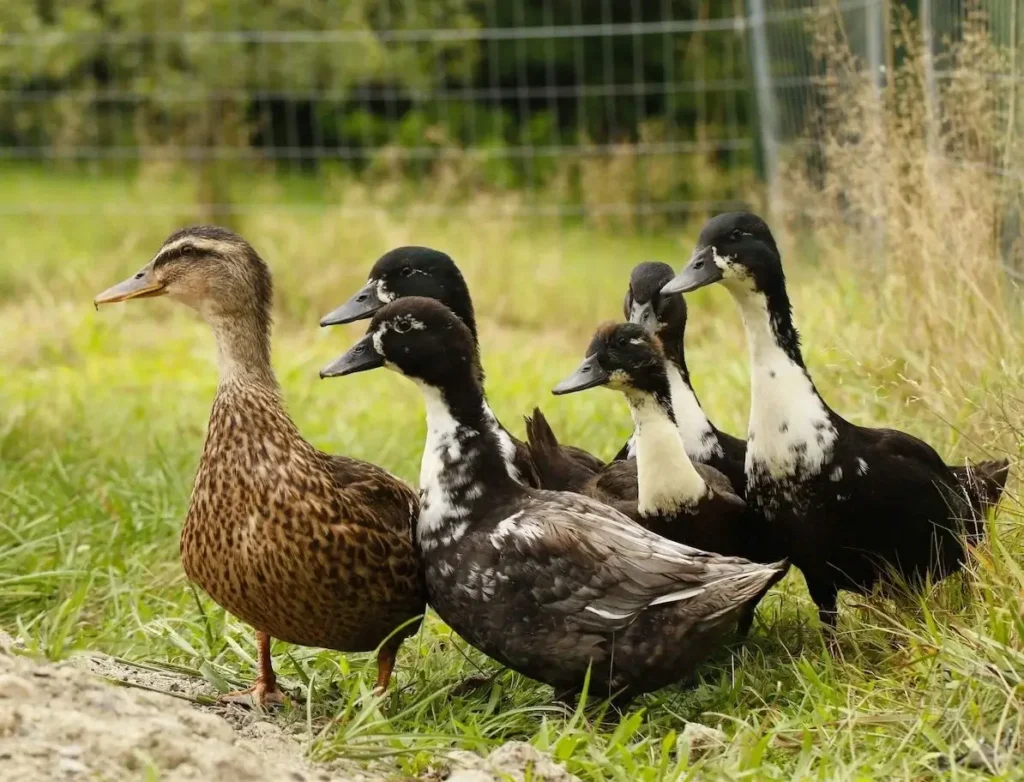Silkie Duck

Scientific Name
Anas platyrhynchos domesticus
Alternative Names
Silkie Duck, Silky Duck, Bantam Silkie
Measurements
| Feature | Male (Drake) | Female (Duck) |
|---|---|---|
| Weight | 0.9–1.1 kg (32–38 oz) | 0.85–1 kg (30–36 oz) |
| Body Type | Small, compact, bantam | Small, compact, bantam |
| Feather Type | Silky, fluffy, non-waterproof | Silky, fluffy, non-waterproof |
Status
A very rare bantam duck breed, not yet recognized by the American Poultry Association. They were first developed in the late 1980s in the United States by breeders like Darrel Sheraw and later refined by Dave and Millie Holderread.
Identification
Silkie Ducks are easy to spot thanks to their fluffy, fur-like feathers. Their plumage looks soft because their feathers lack barbicels—the tiny hooks that usually help feathers stay smooth and waterproof. They come in several colors like black, white, snowy, grey, chocolate, blue-bibbed, and wild-type.
Voice
These ducks have soft, distinct voices. They can be chatty and high-pitched, but not as loud as Call Ducks.
Diet
Excellent little foragers. They enjoy insects, slugs, snails, plants, and standard duck feed. They love wandering in gardens and orchards.
Distribution
Originally from the United States, they are now kept in small numbers by dedicated breeders in North America and a few other countries.
Habitat
They do well in backyards, small ponds, farms, or gardens. They need clean water, dry bedding, and safe housing because their feathers don’t repel water well.
Breeding
Hens are good mothers and often go broody. However, their eggs have thicker shells and membranes, which can make hatching tricky. The silky feather gene is recessive, so not all ducklings in a clutch will have fluffy feathers.
Wintering
They can handle cold weather but need dry shelters because their feathers don’t keep out water or cold as well as normal ducks.
Conservation
Very rare and only bred by a small number of enthusiasts. More breeders are needed to protect this unique duck from disappearing.
